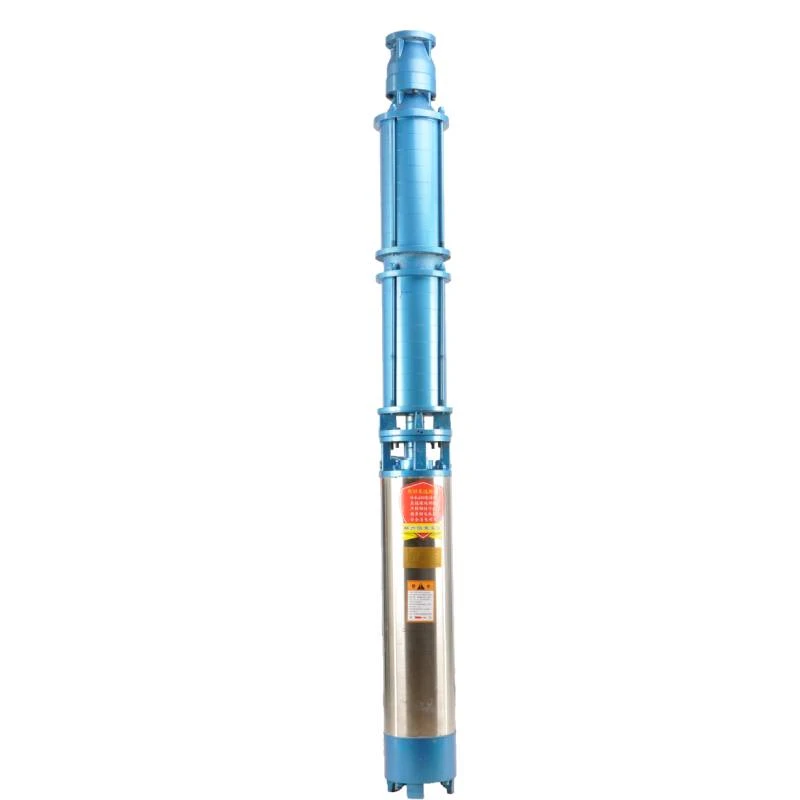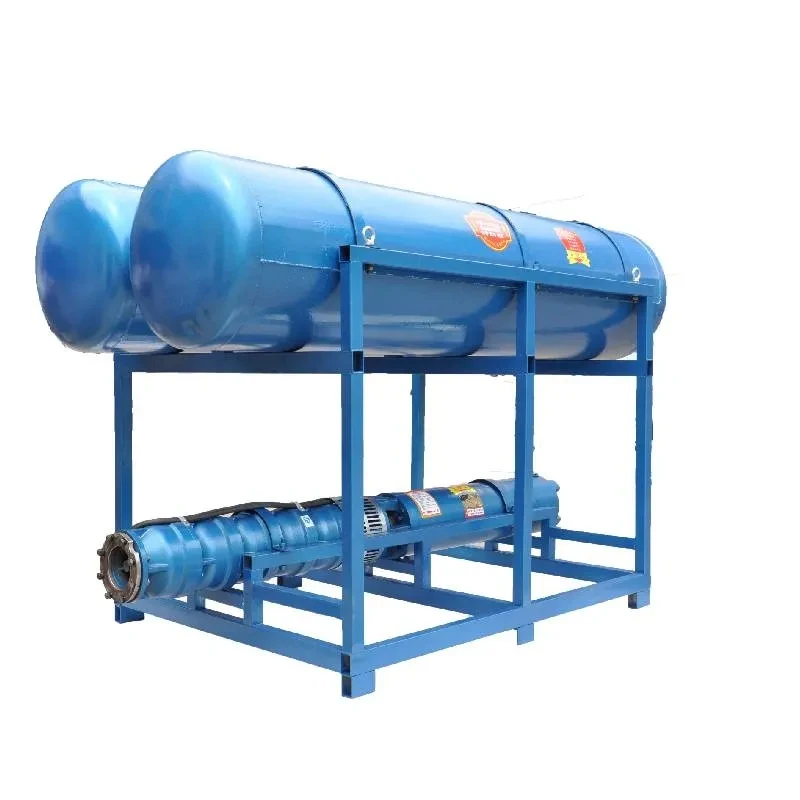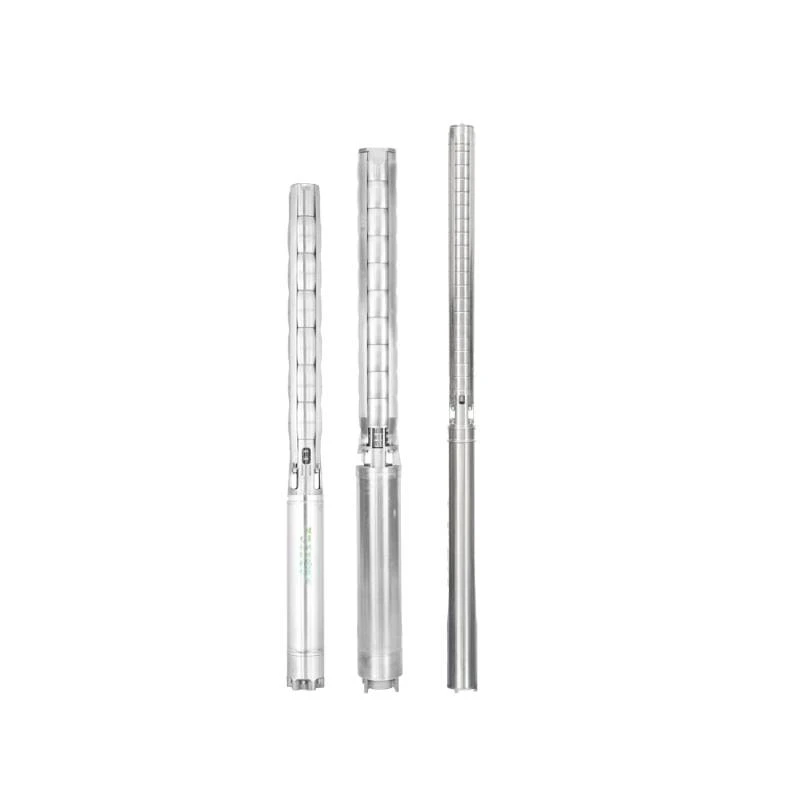Ное . 16, 2024 14:11 Back to list
how to set up submersible pump
How to Set Up a Submersible Pump A Comprehensive Guide
Submersible pumps are versatile, efficient devices commonly used for draining water from basements, pools, and even for irrigation and drainage purposes in agricultural settings. If you’re considering installing a submersible pump for your home or agricultural needs, this guide will walk you through the essential steps to set up your pump safely and effectively.
Understanding Submersible Pumps
Before diving into the setup process, it’s important to understand how a submersible pump works. Unlike traditional pumps that remain above ground, submersible pumps are designed to be submerged in the fluid they are pumping. They are equipped with a hermetically sealed motor that prevents water from damaging the internal components. This design allows them to push water to the surface, making them ideal for deep wells or flooded areas.
Tools and Materials Needed
To set up a submersible pump, you’ll need the following tools and materials
1. Submersible pump 2. Discharge pipe 3. Hose clamps 4. Electrical cable (if not pre-installed) 5. Check valve 6. Drill and bits (if necessary) 7. Wrench 8. Safety gear (gloves, goggles)
Step-by-Step Installation Process
Step 1 Choose the Right Location
Before installation, select an appropriate location. This will usually be in water, such as a tank, well, or a flooded area. Ensure that the pump is placed in a stable area where it will not be disturbed.
Step 2 Prepare Electrical Connections
Most submersible pumps require a power source. Ensure that you have access to a proper electrical outlet, or consider wiring the pump directly to your home’s electric system, depending on your local regulations. Check the pump’s specification for voltage and ensure it matches your power supply.
- Safety First Always turn off the power supply before working on electrical connections. If you’re unsure, consult a licensed electrician.
Step 3 Assemble the Pump
how to set up submersible pump

If your pump doesn’t come assembled, follow the manufacturer’s instructions to put it together. Typically, this involves attaching the discharge pipe to the pump. Use hose clamps to secure the connections firmly and prevent leaks.
Step 4 Install the Check Valve
A check valve should be installed in the discharge line to prevent backflow when the pump is turned off. This is crucial for maintaining consistent pressure and preventing damage to your pump. Install the valve according to the manufacturer’s instructions, ensuring it’s oriented correctly.
Step 5 Lower the Pump into the Water
Carefully lower the pump into the water. Make sure that it is fully submerged, but also ensure that it is sitting on a stable surface to avoid any disturbances. Avoid allowing the cable to hang loose; secure it to prevent tension on the connections.
Step 6 Connect the Power Supply
With the pump in place and all hoses securely attached, it’s time to connect it to the power supply. Double-check all connections for safety, ensuring that everything is insulated and protected from moisture. If the pump requires manual operation, ensure the switch is accessible.
Step 7 Test the System
Once everything is connected, turn on the power supply and test the pump. Watch for any leaks around the discharge pipe and check that the pump is functioning properly. Let the pump run for a few minutes to ensure it maintains a consistent flow and pressure. If you notice any issues, turn off the pump and troubleshoot accordingly.
Step 8 Regular Maintenance
To ensure the longevity of your submersible pump, perform regular maintenance. This includes checking for any wear and tear on the electrical components, cleaning the intake screen to prevent clogs, and ensuring the discharge line is free from obstructions.
Conclusion
Setting up a submersible pump may seem daunting, but by following these steps, you can successfully install it and ensure efficient operation. Whether for residential or agricultural purposes, a properly installed submersible pump can provide reliable water management. Always refer to the manufacturer’s guidelines for specific installation instructions and safety precautions. With a little bit of effort, you can enjoy the convenience and efficiency of your submersible pump for years to come.
-
Troubleshooting for Water-Filled Submersible Pumps
NewsJun.04,2025
-
Troubleshooting for Floating Deep Well Submersible Pumps
NewsJun.04,2025
-
How to Choose SS Submersible Pump for Deep Well Applications
NewsJun.04,2025
-
Floating Deep Well Submersible Pump Cost: Factors Affecting Pricing
NewsJun.04,2025
-
Buying Guide for Deep Well Submersible Pumps
NewsJun.04,2025
-
Best Submersible Pumps for Agriculture and Irrigation
NewsJun.04,2025
-
 Troubleshooting for Water-Filled Submersible PumpsSubmersible pumps are essential for various applications, including irrigation, drainage, and water supply systems.Detail
Troubleshooting for Water-Filled Submersible PumpsSubmersible pumps are essential for various applications, including irrigation, drainage, and water supply systems.Detail -
 Troubleshooting for Floating Deep Well Submersible PumpsWhen it comes to reliable water extraction solutions, the floating deep well submersible pumps stands out as a top choice for both residential and industrial applications.Detail
Troubleshooting for Floating Deep Well Submersible PumpsWhen it comes to reliable water extraction solutions, the floating deep well submersible pumps stands out as a top choice for both residential and industrial applications.Detail -
 How to Choose SS Submersible Pump for Deep Well ApplicationsWhen it comes to deep well water extraction, selecting the right pump is crucial for efficiency, durability, and long-term performance.Detail
How to Choose SS Submersible Pump for Deep Well ApplicationsWhen it comes to deep well water extraction, selecting the right pump is crucial for efficiency, durability, and long-term performance.Detail
